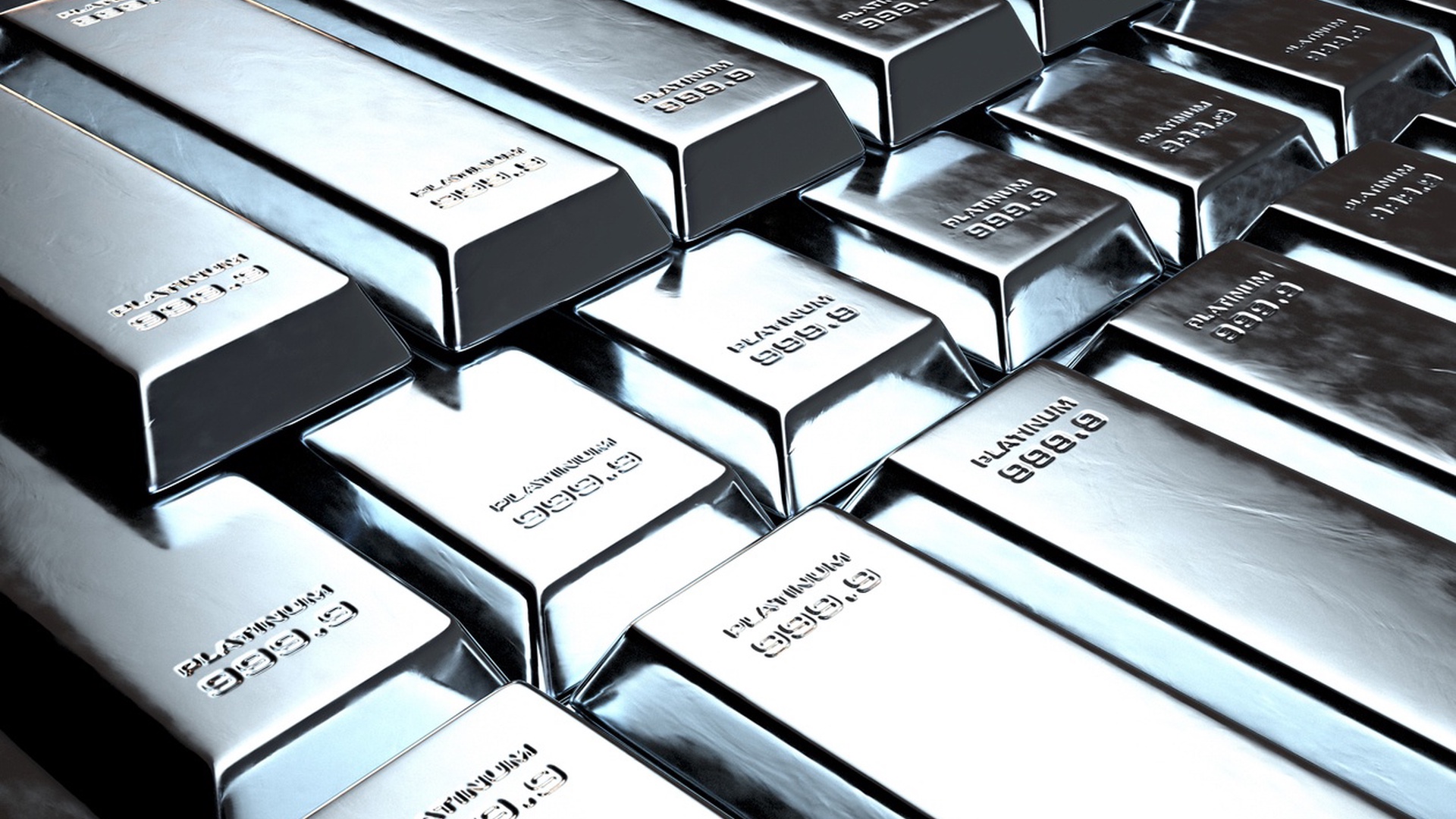

In a week already roiled by volatility across precious metal markets, platinum has become the latest to experience a dramatic price rally, sparking fears of a supply squeeze reminiscent of this month’s chaos in silver trading. On Wednesday, spot platinum prices surged by as much as 6.4% in London, reaching $1,646.03 per ounce, the largest one-day gain since 2020, and continued to climb to $1,658.68 by Thursday morning.
Meanwhile, platinum futures in New York rose a more modest 4.1%, resulting in an unusually wide spread of $53.45 per ounce between the two markets, up from $28 just the previous day. Such a dislocation points to a scramble for the physical metal, underscoring tightness in the available supply.“This is a particularly odd time for a platinum squeeze,” noted Dan Ghali, senior commodity strategist at TD Securities. “There should be ample global supply,” he said, pointing to China’s record exports of 140,000 ounces of platinum products in September. “And yet, the system’s liquidity is clearly stressed.”
Market participants are drawing parallels to the silver squeeze that captivated traders earlier this month, when physical demand overwhelmed supply and spot prices surged past levels not seen since the Hunt brothers' infamous attempt to corner the silver market 45 years ago.BMO Capital Markets attributed the recent volatility to a rush by traders and industrial buyers aiming to secure physical metal ahead of China’s withdrawal of a value-added tax (VAT) rebate on platinum imports, set to take effect November 1. “Platinum will only be balanced by net selling of investment holdings back into the market,” said BMO analysts Helen Amos and George Heppel, adding that this dynamic is likely to keep prices volatile in the near term.
With platinum prices up 62% year-to-date, the metal is outpacing even gold and silver, reflecting growing investor interest and fundamental supply-demand imbalances. The World Platinum Investment Council reported that gains began last December and have built steadily as platinum broke out of its post-pandemic trading range.
“The big driver behind it is the recognition by the broader market that the demand for platinum is far outstripping supply, and the supply of platinum is highly inelastic,” said Shree Kargutkar, senior portfolio manager at Sprott Asset Management. Global platinum demand is estimated at 8 million ounces annually, while supply, including recycled material, totals only 7 million ounces. This substantial one-million-ounce deficit has persisted for several years and is expected to continue through the decade, due in part to limited mining expansions and growing industrial appetite, particularly from fuel-cell and hydrogen energy applications.
Approximately 40% of platinum consumption is tied to autocatalysts used in internal combustion and hybrid vehicles. Another 40% supports industrial functions such as chemical processing and glass manufacturing, while the remainder is driven by jewelry and investment demand. Though electric vehicle adoption continues, slower-than-expected EV sales mean that hybrid and gasoline-powered cars remain major sources of platinum consumption.“Hybrids still require a catalytic converter and platinum or palladium,” Kargutkar said. “The strength of demand has surprised many industry watchers.”
The platinum rally is occurring amid a broader surge in safe-haven asset demand, fueled by heightened geopolitical and trade tensions. U.S. sanctions targeting top Russian metal producers, coupled with the European Union’s 19th round of sanctions against Moscow, have disrupted global supply chains. Simultaneously, tensions between the U.S. and China over technology exports have escalated, with new export restrictions under consideration in response to China’s rare-earth limitations.
Despite the political frictions, some diplomatic channels remain open. U.S. President Donald Trump is expected to meet Chinese President Xi Jinping next week, and Vice Premier He Lifeng will lead trade talks in Malaysia from October 24 to 27. Monetary policy is another tailwind, with markets anticipating that the Federal Reserve will cut interest rates by 25 basis points at both its October and December meetings, potentially enhancing precious metals' appeal as inflation hedges and stores of value.
Despite the price spike, the mining sector remains cautious. South African miner Tharisa has announced a $547 million investment to transition its platinum-group metals mine to underground operations, aiming for 200,000 ounces of annual output starting in 2026. Anglo American has spun off its platinum assets into a separate entity, Valterra Platinum, signaling a streamlined focus on profitability.
Meanwhile, Impala Platinum (Implats) is still slated to close its Lac des Iles mine in Ontario by May 2026, citing unfavorable long-term trends for the metal. No indications have been made that this decision will be reversed, despite the recent price surge. Northam Platinum Holdings' CEO Paul Dunne conceded that while the rally offers “some relief to the PGM sector,” prices are “not yet at levels that will support sustainable mining across the industry and certainly not the much-needed development of new operations.”
As investors, consumers, and producers grapple with a rapidly evolving market landscape, platinum’s momentum is a potent reminder of the fragility and opportunity inherent in commodities trading. With supply struggling to keep pace with demand, geopolitical risks escalating, and fiscal policy shifting toward easing, platinum’s rally may have further room to run. However, investors should brace for continued volatility, as the metal joins silver and gold in a fast-moving, unpredictable, global precious metals saga.